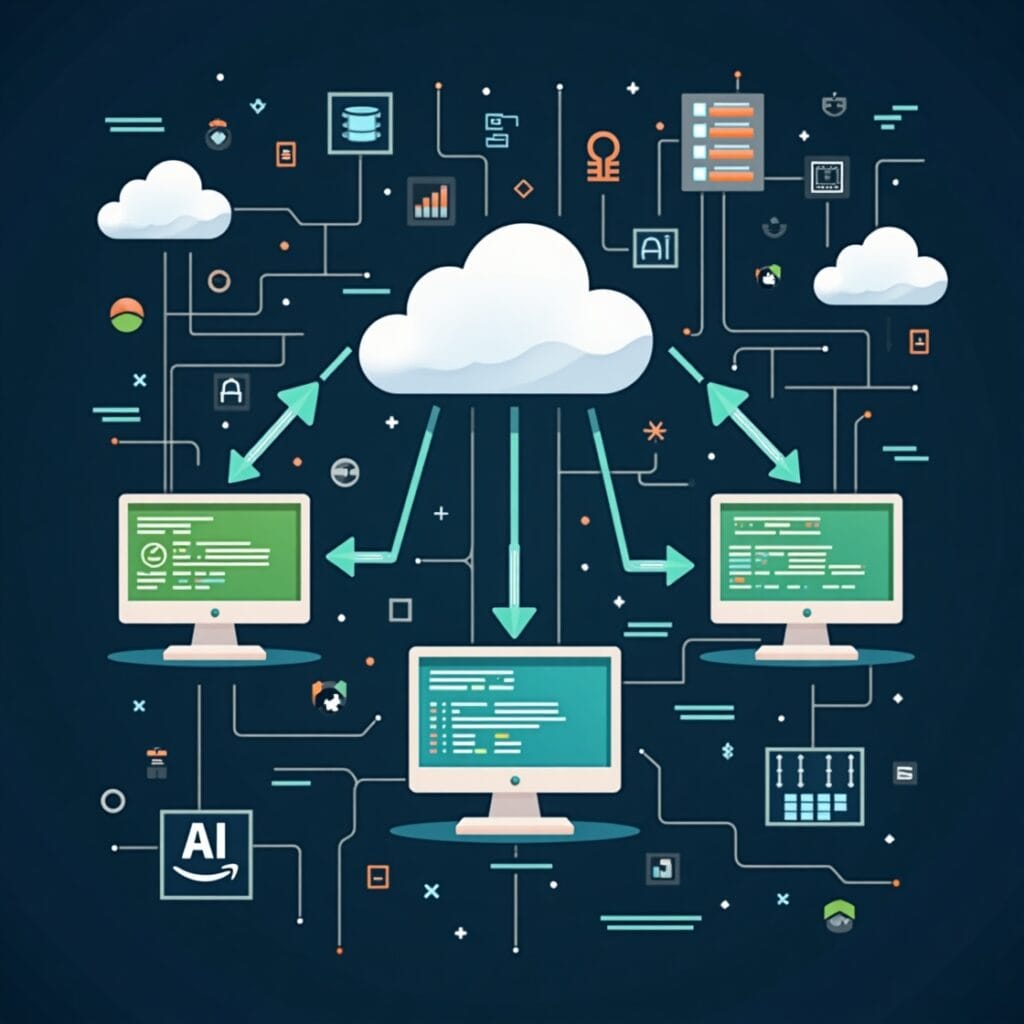Once considered the backbone of enterprise computing, mainframes still play a vital role in industries like banking, government, and retail — a need now supported by AWS Transform for Mainframe. Yet, the people who know how to maintain them — the COBOL and PL/I veterans — are heading into retirement. And they’re not being replaced fast enough.
The result? Organizations are staring down a looming crisis. Their most critical systems continue to run on aging mainframes, but the knowledge needed to keep those systems alive is walking out the door.
Although the mainframe market shrank sharply in the 1990s with the rise of affordable servers and scalable storage, many companies never moved on. Instead, they stuck with what worked, and mainframes work very well, especially when it comes to transaction reliability and operational uptime.
But today, keeping those systems afloat is becoming more difficult and expensive.
To help companies navigate this transition, Amazon Web Services (AWS) introduced a tool called AWS Transform for Mainframe, now available in its North Virginia and Frankfurt cloud regions. Announced at re:Invent 2024, this service is designed to help enterprises move their mission-critical applications off mainframes and into modern, cloud-native environments.

What makes this tool noteworthy is how it bridges the generational gap in software. AWS Transform can dig into decades-old COBOL code, extract embedded business logic, and break large, tangled applications into clean, functional components. It uses AI to generate detailed documentation, flag dependencies, and assist in rewriting portions of code — often into Java — so it’s understandable and maintainable by today’s developers.
In short: no more relying on a shrinking pool of specialists to interpret arcane code.
Still, migrating off mainframes isn’t as easy as flipping a switch. Mainframes are built for consistency. In fields like financial trading or air travel, transactions have to occur in the correct order, across multiple systems, without fail. Even modern infrastructure can struggle to match that kind of precision.
That’s why AWS isn’t proposing a reckless leap into the cloud. Its platform allows companies to test and validate their migrations gradually, reducing risk and minimizing disruption. Each phase of the transition can be monitored, ensuring that the original reliability isn’t compromised along the way.
For businesses also looking to move away from rising VMware costs, AWS offers a parallel solution — Transform for VMware. Using the same AI backbone, it helps shift workloads from virtual machines to containers, streamlining application management and future scaling.
IBM, meanwhile, continues to stand firm in the mainframe space. The company brought in $27 billion from software in 2024 and remains protective of its intellectual property. In 2022, it won a lawsuit against LzLabs for attempting to replicate IBM’s mainframe software, signaling how fiercely it defends this technology.
Even with IBM’s ongoing investment, many companies can’t justify holding on to mainframes when the talent to support them is disappearing. As the tools to migrate improve, and as AI makes it easier to interpret and restructure old code, the shift to the cloud is becoming not just practical — but necessary.
For businesses still running critical operations on aging systems, AWS Transform offers a pathway forward. It’s not about abandoning the past. It’s about future-proofing what’s essential, before time — and talent — runs out.
Read More : Google Cloud Outage Disrupts Gmail, OpenAI, Shopify: A Wake-Up Call for the Internet